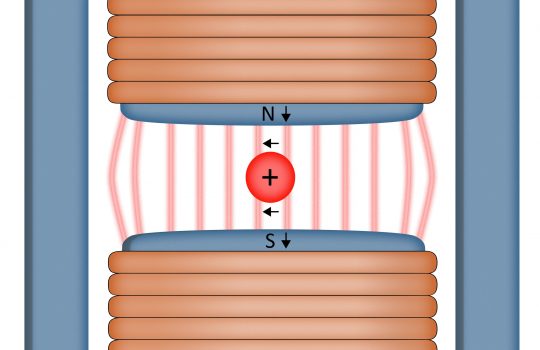Is ‘Planet 9’ next? Staggering haul of 139 minor planets found in outer solar system
From Forbes, March 16, 2020: Researchers using data from the Fermilab-led Dark Energy Survey have identified more than 300 trans-Neptunian objects — minor planets located in the far reaches of the solar system — including well over 100 new discoveries. The research pioneers a new technique that could help astronomers in the search for undiscovered planets — including the mysterious “Planet 9.”




